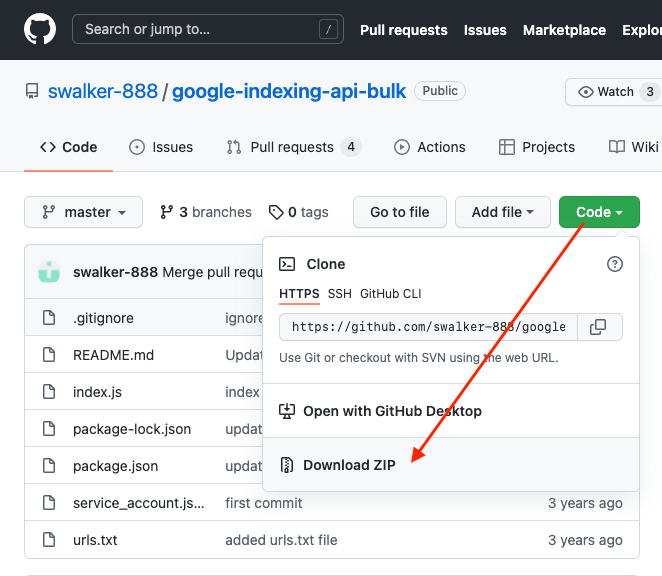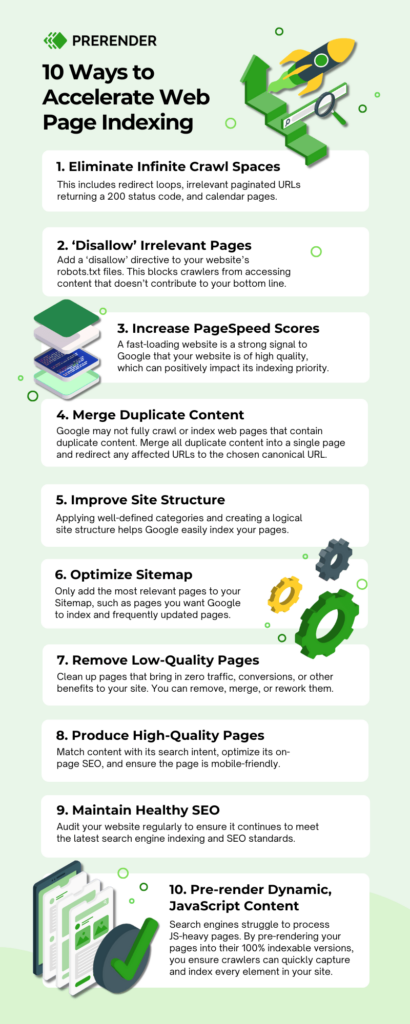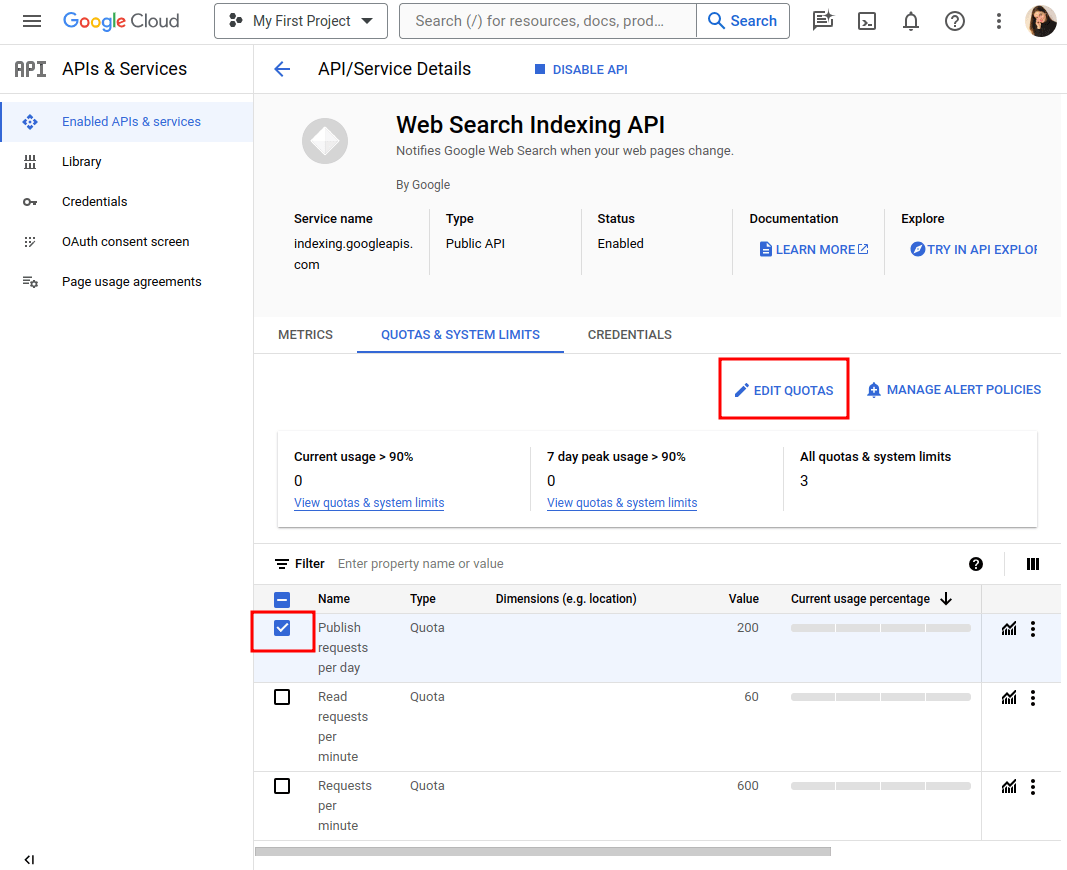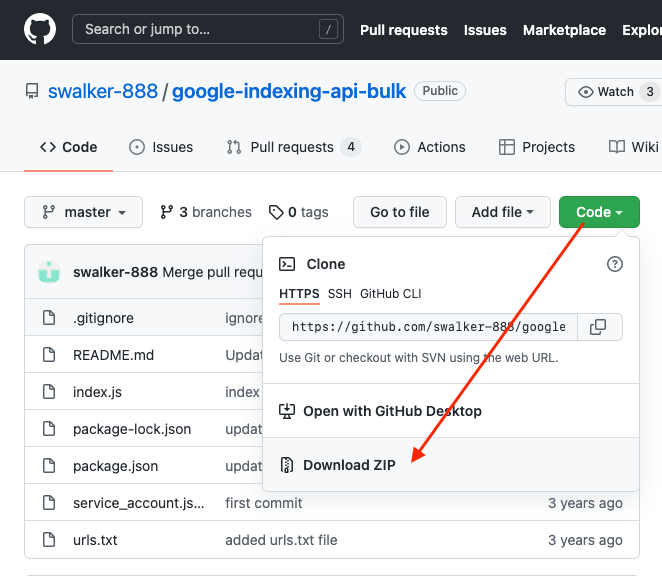In the rapidly evolving digital landscape, ensuring your content is not only accessible but also easily discoverable is crucial for online success. One of the most effective ways to achieve this is through API indexing, a powerful tool that enables seamless integration of your content with search engines and platforms. This process can significantly enhance your web presence and optimize search engine results, driving more traffic and engagement. In this article, we delve into the essentials of API indexing, guiding you through its benefits, the steps to implement it effectively, and strategies for maximizing your results in an increasingly competitive digital environment.
Step-by-Step Guide to Harnessing API Indexing for Improved Outcomes
Understanding the Basics of API Indexing
API Indexing refers to the process where developers utilize APIs to facilitate and improve the way data is indexed by search engines. Unlike traditional methods, API indexing provides direct communication channels to update, delete, or add data efficiently, providing a more dynamic experience. This is particularly critical for large datasets or frequently changing content. API indexing ensures better data synchronization and real-time indexing, which significantly impacts website visibility and performance.
Choosing the Right API for Your Needs
Selecting the appropriate API is crucial for effective indexing. Consider APIs that offer robust support and scalability to handle large volumes of requests. Efficiency and reliability are also important, as well as the ability to integrate seamlessly with your current system. Evaluate the API’s documentation, community support, and performance metrics. Popular options like Google Indexing API provide extensive features that can accelerate content updates in search engines.
Implementing API Indexing in Your Workflow
To implement API Indexing effectively, begin by integrating it into your developer pipeline. Ensure your development team understands the API endpoints and how to authenticate requests. Develop scripts or tools that automate the submission of your content to search engines through the API. Regular testing and monitoring are essential to identify any bottlenecks or errors, allowing for quick resolution and ensuring continuous content updates.
Optimizing Data for Indexing with APIs
Optimizing data means ensuring that the information submitted via APIs is structured and complete, improving the chances of higher indexing success rates. Utilize JSON or XML formats to standardize submissions, and make use of metadata to provide additional context for search engines. Ensure your URLs are accessible and that your sitemap is regularly updated to reflect changes, enhancing the API’s effectiveness in indexing your content.
Measuring the Impact of API Indexing on Search Results
After implementing API indexing, it’s crucial to measure its impact on your search engine rankings. Utilize tools such as Google Analytics or Search Console to assess changes in traffic and visibility. Pay attention to metrics like indexing time, number of indexed pages, and any crawl errors. By analyzing this data, you can make informed decisions on refining your API strategies and enhancing your overall digital presence.
| Key Component | Description |
|---|---|
| API Selection | Choosing APIs that match your business’s scalability and efficiency needs. |
| Integration | Embedding API calls seamlessly into existing systems for streamlined processes. |
| Optimization | Ensuring data is structured and ready for API-driven indexing. |
| Measurement | Analyzing how API changes affect search engine performance and rankings. |
How to use indexing API?

Overview of the Indexing API
The Indexing API is a tool that allows developers to notify search engines about changes in their website content. This ensures faster crawling and indexing of the updated content. Using this API effectively can improve the visibility of your web pages in search engine results.
- Register with the search engine offering the Indexing API to obtain access permissions.
- Authenticate your application by setting up an OAuth 2.0 client ID in the API console.
- Utilize the API to send requests about content changes like creating, updating, or deleting URLs.
Setting Up Access and Authentication
Setting up access and authentication is crucial to start using the Indexing API. Here’s a step-by-step guide on how to do so:
- Visit the API Console and create a new project to manage your API requests.
- Configure a Service Account and download the JSON key file for secure access.
- Enable the Indexing API for your project to start sending requests.
Sending Requests to the Indexing API
Once access is set up, you can start sending requests to keep the search engine updated about your site’s content. Here‘s how:
- Create a request using your programming language or tool of choice, containing details about the URL and type of change (URL_UPDATED, URL_DELETED).
- Include necessary authentication credentials with each request to verify your identity.
- Send the request to the API endpoint provided by the search engine to notify them of the changes.
How to index a site faster?

Optimize Your Website Structure
A well-structured website is essential for faster indexing by search engines. Optimization of your site’s architecture can significantly influence how quickly search engine bots discover and index your pages.
- Sitemap Creation: Create and submit a comprehensive XML sitemap to Google Search Console. This acts as a roadmap for search engines, highlighting crucial URLs on your website.
- URL Structure: Ensure your URLs are clean, descriptive, and devoid of unnecessary characters or parameters. A clean URL can be more quickly understood by crawlers.
- Navigation: Simplify your website’s navigation. Make sure all pages are accessible within three clicks from the homepage to ensure search engines can easily crawl through your site.
Improve Website Load Speed
Search engines prioritize fast-loading pages in their indexing. Enhancing your website’s load speed can make a substantial difference in how swiftly it gets indexed.
- Optimize Images: Compress images and use appropriate formats (such as JPEG for photos and PNG for graphics) to decrease page loading times.
- Utilize Caching: Implement browser caching to reduce the load time for returning visitors by storing parts of your site on users’ local hard drives.
- Minify CSS and JavaScript: Reduce the size of your CSS and JavaScript files by eliminating unnecessary spaces, comments, and characters, which can significantly speed up load times.
Increase Website Authority
Establishing your site as an authority within your niche can lead to faster indexing since search engines tend to crawl high-authority sites more frequently.
- Backlink Acquisition: Obtain quality backlinks from reputable websites. The more high-quality sites that link to your site, the more often search engines will crawl and index your content.
- Engage on Social Media: Share your content on social media platforms to increase visibility and generate organic backlinks, which can enhance your site’s authority.
- Regular Content Updates: Regularly update or publish new content to ensure that search engines have fresh material to crawl and index, reinforcing your site as an active and reliable source of information.
What is the limit of indexing API?

The limit of the indexing API pertains to the constraints imposed by the platform that provides this functionality, often associated with search engines like Google. This limit can refer to the number of URLs you can submit for indexing, the frequency of submissions, and the total quota allowed per day. Understanding these limits is essential for effective content management and SEO strategies.
The Maximum Number of Submissions Allowed
The maximum number of submissions allowed through an indexing API is a crucial aspect to consider:
– Daily Quotas: Most indexing APIs have daily limits on how many URLs you can submit. As of the latest updates, platforms like Google typically allow you to submit up to 200 URLs per day, but this number can vary.
– Batch Submissions: You might be able to submit URLs in batches to optimize the submission process. This function helps in managing larger amounts of URLs more efficiently.
– API Limits: Aside from individual quotas, there might be additional restrictions on the number of requests per minute or hour, requiring effective scheduling and prioritization of URL submissions.
Frequency of Submissions
Understanding the permissible frequency of submissions can significantly impact indexing strategies:
– Scheduled Submissions: You can schedule submissions over several days to prevent hitting daily limits quickly. This practice ensures continuous indexing without breaching API limits.
– Content Updates: If your site undergoes frequent updates, managing submission frequency helps in ensuring that the most recent information is indexed promptly.
– Strategic Prioritization: Prioritizing high-impact pages for submissions when there are changes can lead to better indexing outcomes as your website evolves.
Total Quota Utilization Strategies
Effectively utilizing the total quota available is critical for maximizing the reach and effectiveness of the indexing API:
– Optimizing URL Selection: Choose URLs strategically based on importance, update frequency, and potential SEO impact. Focus on high-value pages first.
– Monitoring API Usage: Regularly monitor your API usage to avoid reaching quota limits unexpectedly. Being proactive helps in maintaining a seamless indexing process.
– Dynamically Adjusting Submissions: Be prepared to adjust your submission strategy based on analytics insights, seasonal trends, or changes in content focus to align with business goals.
Is indexing a site good or bad?

Indexing a website by search engines is fundamentally a positive action as it allows the site to be discovered and ranked on search engine results pages (SERPs). However, whether it’s good or bad can depend on certain circumstances and specific website goals.
Benefits of Indexing a Site
Indexing generally provides numerous advantages for a website, which include:
- Increased Visibility: Indexed pages appear in search results, enhancing website visibility to potential users seeking relevant content.
- Higher Traffic: Greater visibility usually leads to increased click-through rates, which can significantly boost site traffic.
- Improved Credibility: Being indexed and appearing in search results lend credibility and legitimacy to a website as recognized by search engines.
Potential Drawbacks of Indexing a Site
While indexing is generally positive, there are some situations where it can be disadvantageous:
- Ineligible Content: Some pages may contain content irrelevant to your target audience or sensitive information not intended for public view.
- Resource Overload: Constant crawling and indexing from search engines can put a strain on server resources, particularly for large sites.
- Duplicate Content: Indexing duplicate pages might dilute page authority and confuse search engines, affecting overall SEO strategy.
Best Practices for Managing Site Indexing
To ensure the indexing of your site is beneficial, consider these best practices:
- Robots.txt Optimization: Use the robots.txt file to guide search engine crawlers and prevent indexing of certain parts of your site, such as duplicate pages or data archives.
- Consistent Updates: Regularly update the site’s content to keep it fresh and relevant, encouraging continued interest from search engines and visitors.
- SEO Optimization: Utilize effective SEO strategies, like meta tags and quality backlinks, to influence which pages get indexed and how they rank on SERPs.
Frequently Asked Questions
What is API Indexing and why is it important for improving search results?
API Indexing is a process that involves using Application Programming Interfaces (APIs) to facilitate and enhance the indexing of content by search engines like Google. It allows webmasters to submit URLs directly for indexing, thereby bypassing the traditional crawling process that can be time-consuming. By leveraging API indexing, websites can ensure faster inclusion of their pages in search engine results, which is crucial for time-sensitive content or new updates. This practice not only helps in maintaining the relevance and freshness of web pages but also aids in increasing visibility, driving more traffic, and potentially improving search rankings.
How does using API Indexing differ from traditional search engine crawling?
Traditional crawling involves search engine bots visiting websites to discover and index new content, a process that can be slow and resource-intensive. In contrast, API Indexing enables webmasters to proactively submit URLs for immediate consideration by search engines. This results in a more efficient and faster indexing process. By using APIs, publishers can bypass some of the limitations of periodic crawling, such as missing out on rapid updates or not capturing the latest version of a webpage. API indexing is particularly useful for dynamic content or sites with frequent updates, as it ensures that content is indexed promptly and accurately, enhancing its chances of achieving better search results.
What are the typical steps involved in implementing API Indexing?
Implementing API Indexing involves several key steps: authentication, configuration, and execution. First, you need to authenticate your website with the search engine’s API service, often requiring you to create an API account and obtain credentials. Next, configure your system to interact with the API, typically involving setting up a script or utilizing a CMS plugin that can handle API requests. After your system is configured, you’ll move to regular execution, where you’ll submit URLs to the API for indexing whenever new content is published. This approach ensures your site remains up-to-date in search results. Feedback and error handling are also critical, as they ensure that any issues with submissions can be swiftly addressed to maintain optimal indexing performance.
Are there any limitations or considerations to keep in mind when using API Indexing?
While API Indexing offers significant advantages, there are limitations and considerations to keep in mind. Many APIs have rate limits, restricting the number of URLs you can submit in a given time period. This means you need to prioritize which content is most critical for indexing. Additionally, while API Indexing can speed up indexing, it does not guarantee rankings—other SEO factors like content relevance and quality remain essential. Also, implementing API Indexing can require technical expertise, which might necessitate additional resources or skills. Lastly, staying updated with changes to API policies by search engines is important, as these can affect how you use their services and the results you achieve.

